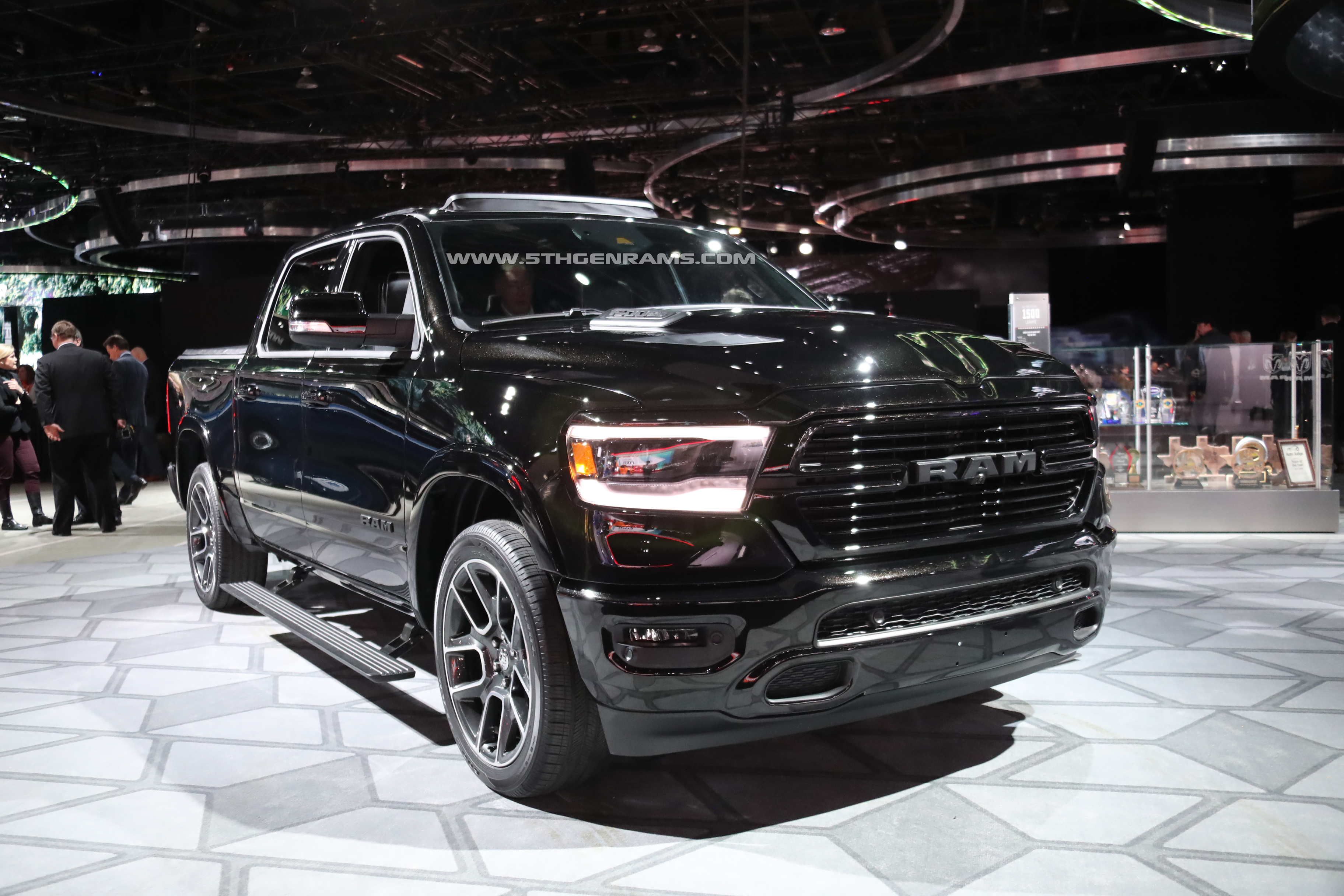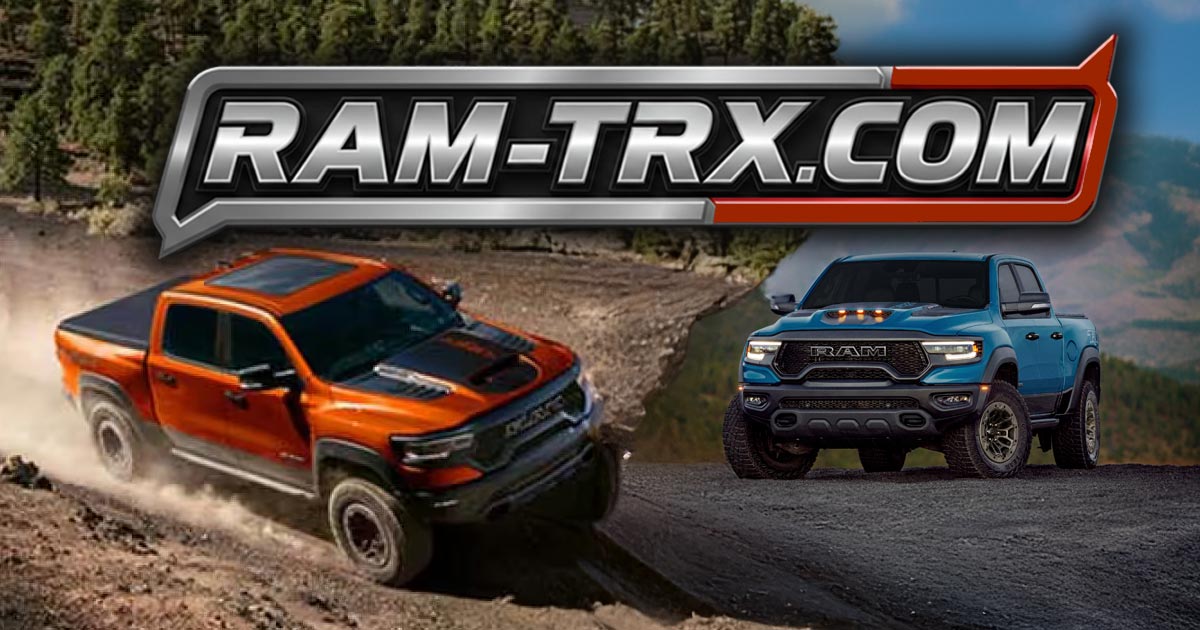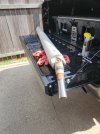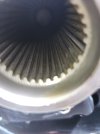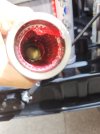I have a single piece aluminum drive shaft and I've had the clunk for about 30,000 miles. Every few thousand miles I would remove the driveshafe and grease the slip yoke for the splines on the transfer case-to-driveshaft connection using the ford XG-8 PTFE grease. The clunk would become much more mild for about a week or two, but always come back. I eventually got annoyed enough, and had enough passengers say "whats wrong with your truck" to do something serious about the issue, I know where the issue is, but I just don't understand why it keeps coming back.
These new rams come with the 5-link rear end which means they "wrap" on acceleration and braking much less than a leaf spring truck. Meaning they don't need as much room for the driveshaft to slide in and out of the transfer case, and when they do, it's a much quicker jolt to the splines causing more friction in a smaller area, not to mention I believe the output shaft diameter for the transfer case is too small. I also believe the output shaft is much harder than the driveshaft yoke, but there's not much I can do about that. All of this together is causing galling on the spline mating surfaces, which then leads to excessive friction on the shaft and yoke. Thus causing the torque coming out of the transfer case to lock the splines together, until the weight and acceleration of the truck moving forward (or backwards) causes the driveshaft to overcome the friction between the splines creating a loud pop or clunk noise..... or so I thought....
Now, when I opened up the transfer case to inspect for further issues I noticed how much play the output shaft had moving in and out (about 3/8") which is exactly where the noise is coming from. The splines are in fact locking together under friction, but the noise (or most of it) is actually coming from the output shaft moving forward and backward inside the transfer case. But when I manually moved the transfer case into 4wd it caused the shaft to have much less play (‹1/8") which made sense because I noticed the clunk much less when I was in 4wd.
So my solution was to use valve lapping compound to "mate" the output shaft and slip yoke together, carefully marking which orientation they were so I could install it the same way after lapping. After lapping the splines for about 1 minute I carefully cleaned all of the very abrasive compound out of the splines which took about half an hour and alot of rags. Then assembled the transfer case and added fluid. I then applied the ford spline grease to the driveshaft splines only, generously covering all the splines. Next, I Installed the driveshaft, being careful to make sure it splined together the same way I lapped it earlier, and manually worked the yoke in and out a couple inches to make sure the grease got in all of the grooves. And when I went to test drive it it was completely silent, which it hasn't been in over 30,000 miles. Only time will tell how long this works... But, if it does comes back, I know I'll be installing a new output shaft and driveshaft yoke.

